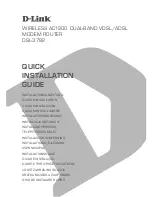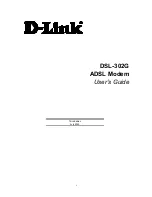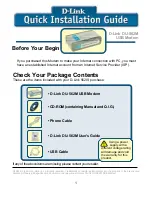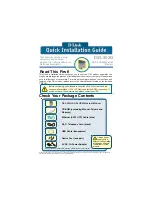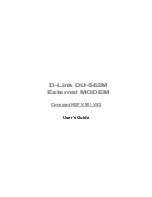
BT/SN/RAM 6000 Series
Hardware Guide
1-19
Product Overview
Revised 2015-07-16
Data Interface Specifications: Serial, Ethernet & USB
Serial Port Pin-Out:
9 pin connector on the modem (DCE)
Female
RS232 DB9
Pin Number
Direction of signal:
1
Carrier detect (CD) Outgoing signal
2
Received data (RX) Outgoing data
3
Transmitted data (TX) Incoming data
4
Data terminal ready (DTR) Incoming handshaking signal
5
Signal ground
6
Data set ready (DSR) Outgoing handshaking signal
7
Request to send (RST) Incoming flow control signal
8
Clear to send (CTS) Outgoing flow control signal
9
Ring Indicator (RI) Outgoing signal
The TX (pin 3) wire is the one through which data from an attached device is transmitted to the DCE modem. The
RX (pin 2) wire is the one on which data is transmitted by the DCE modem.
RTS and CTS are handshaking signals that complement one another by handling flow control. RTS and CTS wires
are used when hardware flow control is enabled in both the modem and an attached device. On the other hand,
software flow control uses special control characters transmitted from an application to a device attached to the
modem. When software flow control is implemented, the RTS and CTS lines are not used.
DTS and DSR are also handshaking signals that are used to simply confirm that a device is attached and is turned
on. DTR/DSR is rarely used as flow control signals when RTS/CTS is used.

































